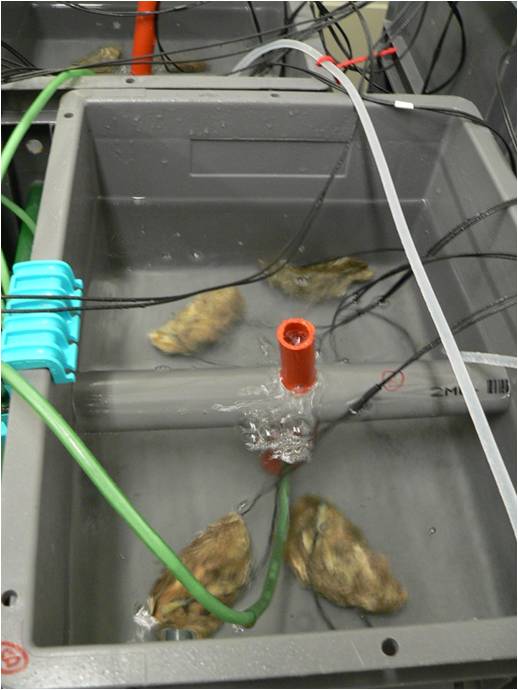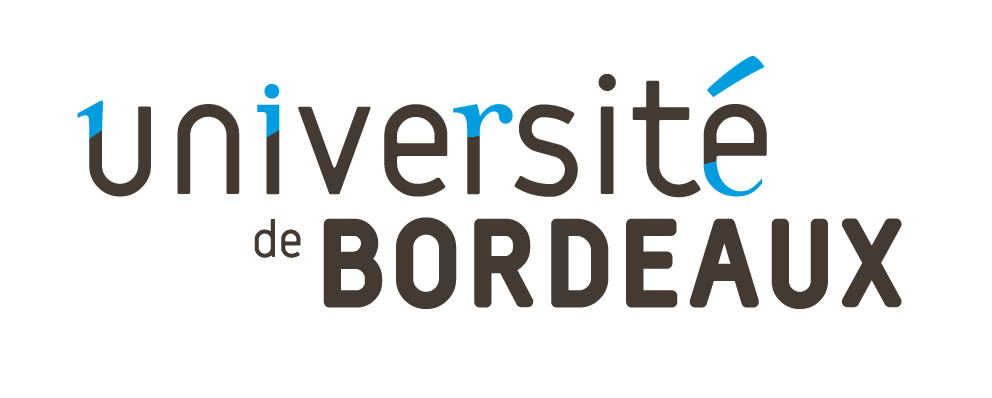
 |
Collaboration UMR 5805 EPOC, Marine Biological Station, France and LEMAR, University of Brest, France .
To carry out a study in one part of the world and to pilot, follow and analyse it in another one is possible with our technlogy. We did it between Brest (Brittany) and Arcachon (Aquitaine, south western France), 500 km.
In Brest, the free ends of the electrodes glued on oyster's shell were connected to a laboratory made terminal composed mainly of a multiplexer that switched the current every 100 ms from one pair of electrodes to another, and a computer driving the terminal via a data acquisition card, using LabView software (National Instruments). In Brest, where the experiments were run, the computer was connected to the Internet. The recordings were acquired and examined online on a second PC located at the Marine Biological Station in Arcachon.
Next projects between distant labs:
-
Arcachon <=> Brest, to study the behavior of manila clams exposed to a cocktail of contaminants.
-
Arcachon <=> Nantes, to continue the study on Pacific oyster facing toxic algae
-
Arcachon <=> Tromsoe, northern Norway, 3 000 km, to study the reaction of northern bivalves facing organic contaminants.
LEMAR de Brest: Hansy Haberkorn et Philippe Soudant
UMR EPOC à Arcachon: Damien Tran, Pierre Ciret, JC Massabuau |








